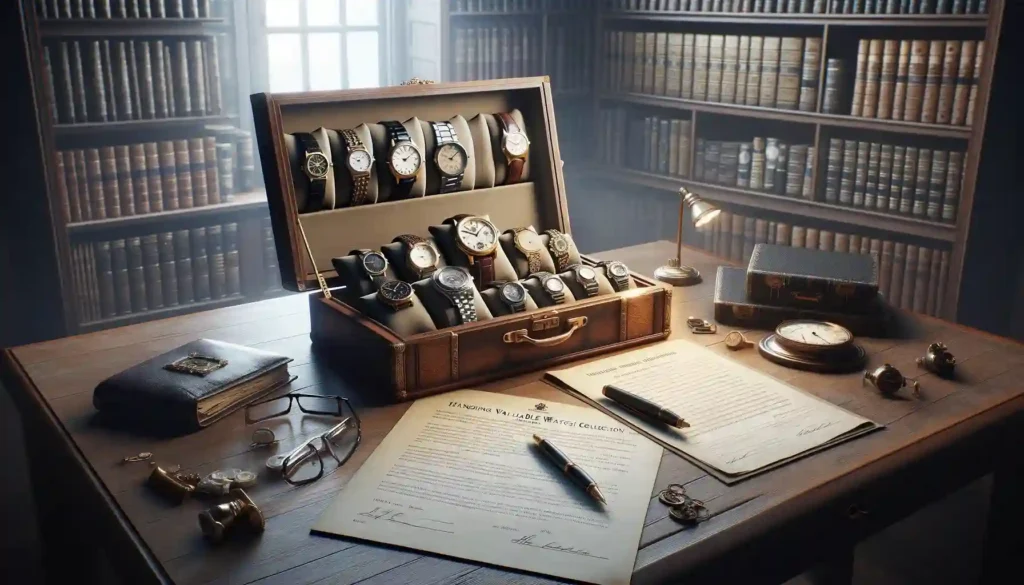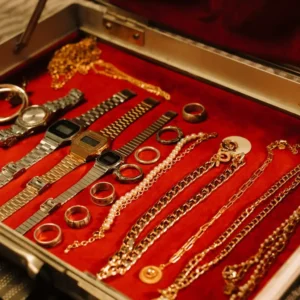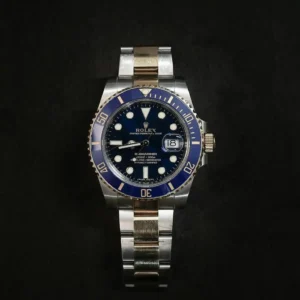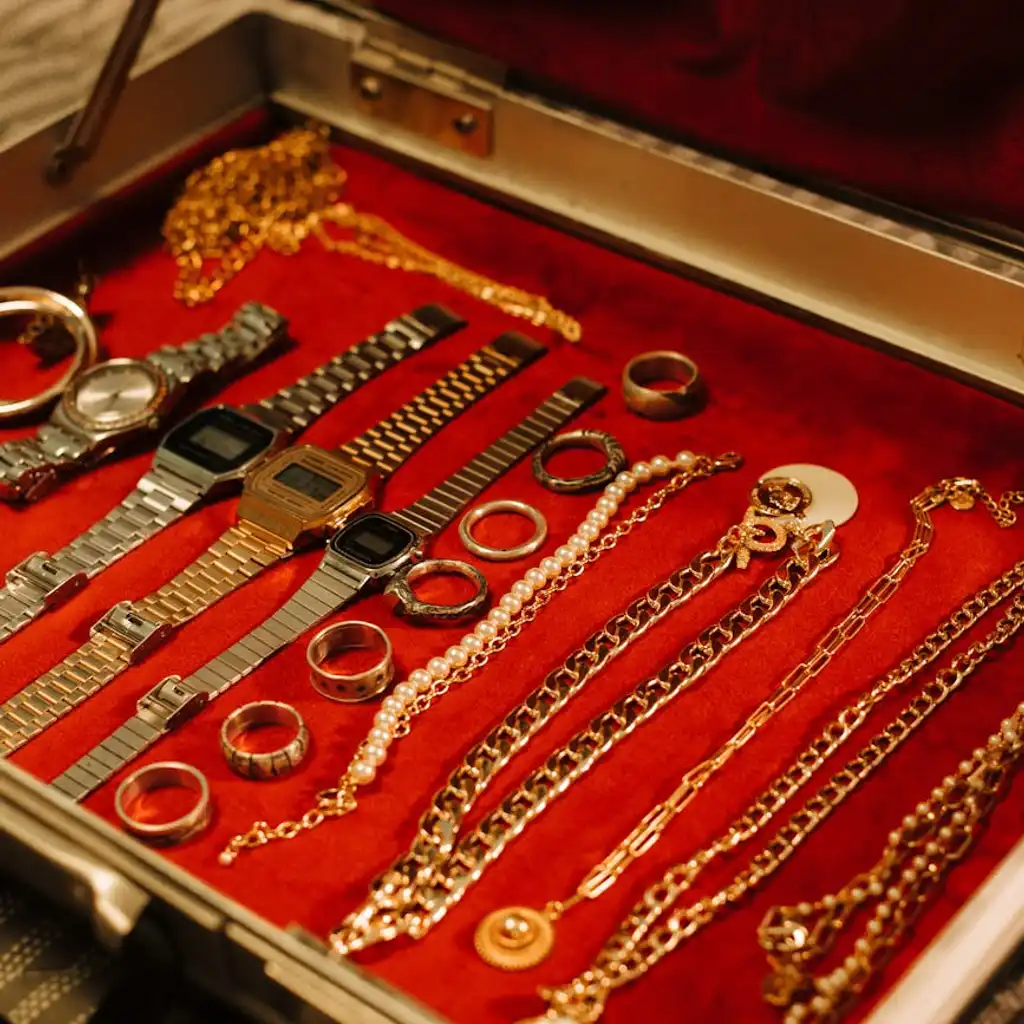The Dilemma of Inheriting Prestigious Watch Collections Post-Mortem
There’s a somewhat grim but crucial inquiry to ponder: What becomes of esteemed wristwatch collections after their collectors pass away? Given that watch collecting is a relatively recent hobby, most eminent collectors, distinguished by the volume and value of their timepieces, are still with us. Consequently, the watch collecting fraternity hasn’t yet faced the challenge of managing substantial and significant watch collections post-mortem.
Why is this issue significant? There are several aspects to consider. Primarily, extensive watch collections typically embody a unique character. This character may stem from the diverse nature of the watches, their interconnectedness, or the prestige of the collector, all adding an extra layer of intrigue or worth beyond the watches themselves. Upon the collector’s demise, if the collection is disassembled, sold, or dispersed piecemeal, the intrinsic meanings and narratives that gave these watches their significance could be lost. A collection that was once a thoughtfully curated and academically significant assemblage of horological masterpieces might devolve into a mere aggregation of watches, absent of their original context and narrative. This not only potentially diminishes the collection’s value for the heirs but also represents a cultural loss for the watch collecting community, who might value a historical record of such collections and the stories they encapsulate.
The Role of Watch Collectors in Preserving Horological Heritage
Watch collectors play a pivotal role akin to an informal scholarly group in the realm of horology, documenting its history, milestones, and most notable creations. Their practice of acquiring and meticulously curating watch collections bestows value upon the history and lineage of these exquisite timepieces. While many of these collections remain private, the passing of a collector poses the risk of losing the vast knowledge and insight embodied within their collection.
Hence, there’s a vested interest within the industry and the broader collecting community to acknowledge and safeguard significant watch collections. When we observe parallel practices in other collecting domains, we see how major collections have evolved into entities ranging from museums to intellectual movements. A prime example is the art world, where numerous prominent global art museums originated from private art collections amassed by passionate and affluent connoisseurs. This raises an intriguing question: could wristwatches, sharing the rarity and distinction of fine art, inspire the creation of dedicated watch museums beyond the traditional Swiss confines?
This idea, while not entirely novel, is still largely unexplored within the watch collecting community, especially as collectors near the end of their lives. The potential for watch museums to preserve and showcase these time-honored collections is significant, offering a new dimension to the appreciation and understanding of horological art and history.
The Crucial Role of Heirs in the Fate of Watch Collections
The fate of a watch collection after the demise of its owner heavily hinges on their heirs, who play a crucial role both during the collector’s lifetime and after. It’s not uncommon for families to encourage senior collectors to liquidate their watches, converting them into cash pre-mortem. This strategy is practical for transferring the collection’s value into a more usable form, especially if the heirs lack interest in the collection itself. However, this approach can diminish the collection’s overall value by fragmenting it.
Collectors, therefore, face a pivotal decision: how to manage their collection if their heirs are disinterested. Some collections might retain greater value as a whole, whereas others could benefit from individual sale of each piece. It’s essential for collectors and potential heirs to deliberate these strategies to maximize the collection’s value.
In cases where both the collector and heirs desire to keep the collection intact, preserving it for future generations becomes a priority. Similarly, donating or lending the collection to an institution for preservation requires careful consideration. Key to this preservation is the documentation and media accompanying the collection, which can ignite interest in future enthusiasts and scholars. While some watches are renowned in collector circles, others’ stories are known only to the collector. Documenting these narratives is vital for their perpetuation.
Despite the seeming mundanity, establishing a practice of detailed record-keeping for each acquisition is invaluable. This documentation should include significant details and sentiments surrounding each piece. Questions about what to include, how to store this information, and who will set these best practices are crucial for the hobby’s future. With technology’s aid, this task, though tedious, is essential for ensuring the legacy of the collection outlives its original owner.
This issue gains urgency considering the recent history of watch collecting. In the past 35 years, affluent individuals have amassed collections of museum-caliber timepieces, often numbering in the thousands. As these collectors and their collections age, the watch collecting community has yet to face the implications of their eventual passing. Legal decisions might play a significant role in the future, highlighting the need for preemptive planning for these complexities. Moreover, there’s substantial scope for entrepreneurial innovation in formalizing watch collections as a transferable asset, a concept still in its nascent stages.








